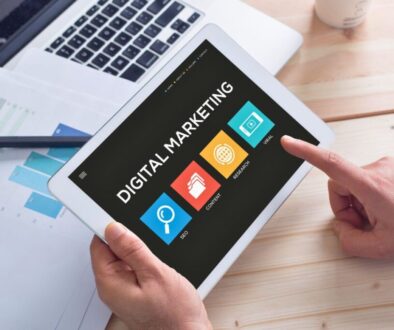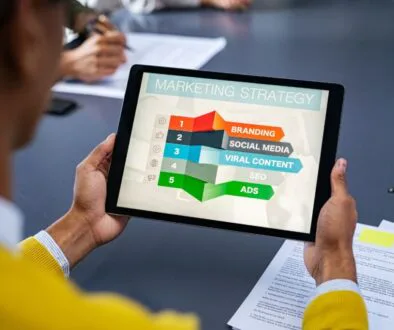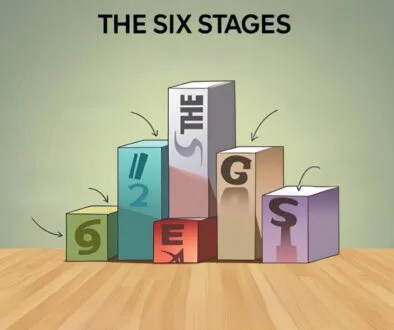12 Best Inbound Marketing Examples We Can All Learn From
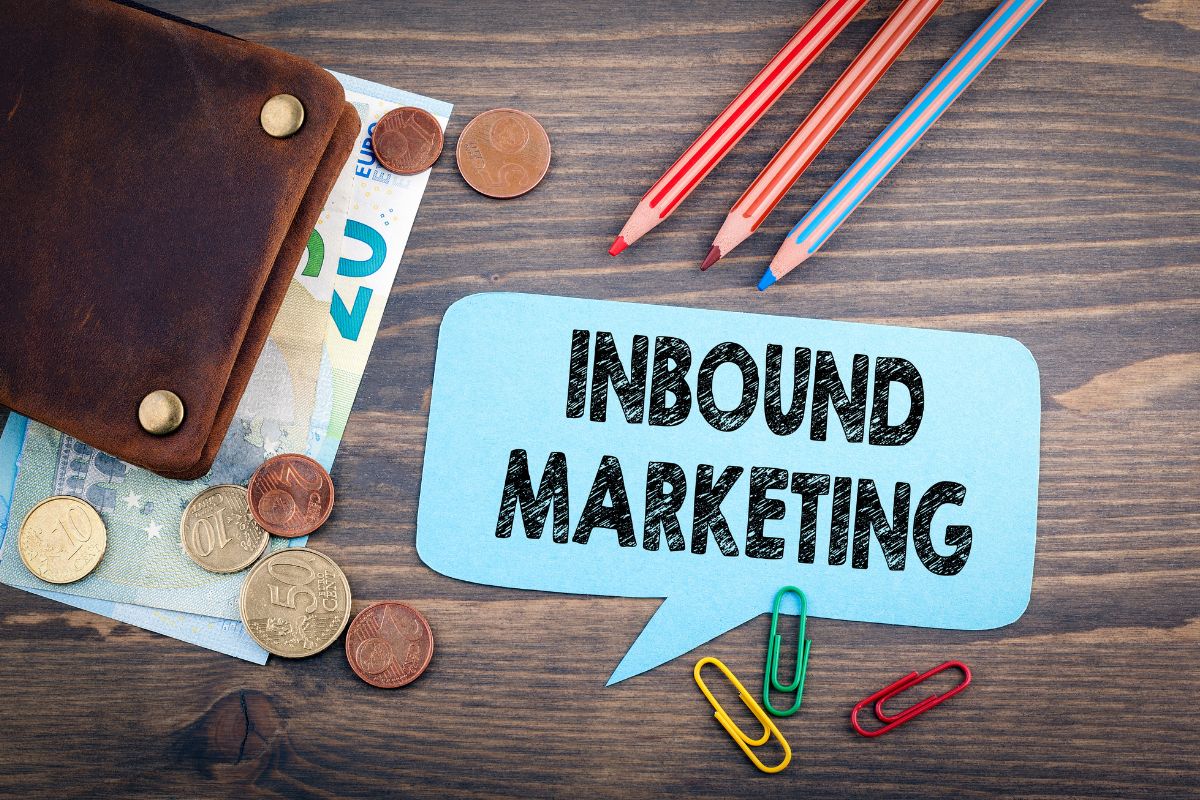
Published June 19, 2025
Tired of traditional ads that scream for attention but rarely convert? You’re not alone and neither are your customers. Inbound marketing flips the script by drawing people in with value, not noise.
But what does successful inbound marketing actually look like? In this post, we’ll break down 12 standout inbound marketing examples, from Apple to HubSpot, that don’t just attract attention; they earn trust, build relationships, and drive results. Whether you’re crafting your first inbound strategy or refining an existing one, these real-world wins will inspire fresh ideas.
Ready to see what works? Let’s explore how the best do inbound, so you can, too.
1. HubSpot – Positioning as an Industry Expert
Inbound marketing owes much of its mainstream popularity to HubSpot. But this isn’t just about being first, it’s about being exceptional. HubSpot’s strategy is built on a simple truth: when you educate your audience, they trust you.
Through blogs, webinars, eBooks, and the famous HubSpot Academy, they offer an all-access pass to marketing knowledge. The kicker? Most of it is free.
This generosity builds authority and loyalty. Instead of pushing products, they pull people in with answers. Ask yourself, is your brand sharing enough to be trusted?
2. Apple – Creating Hype and FOMO
Apple doesn’t chase customers. It makes customers chase them. Their inbound strategy centers on user anticipation and content that screams innovation.
Remember the “Shot on iPhone” campaign? It wasn’t Apple telling us how good their camera is, it was real users proving it. The genius lies in how they convert customers into marketers.
Storytelling and sleek visuals build a narrative you want to be part of. Their secret weapon? FOMO.
When was the last time your content made someone feel like they’d miss out by not joining in?
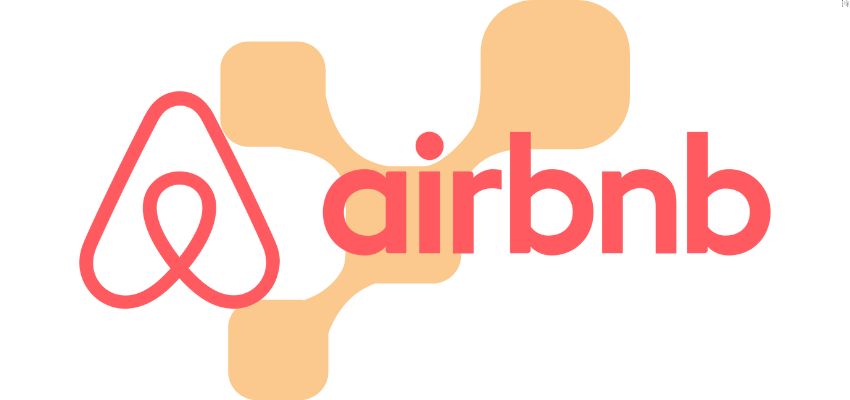
3. Airbnb – Personalized Storytelling
Airbnb excels by turning travel into stories. Their “Live There” campaign did more than promote bookings, it sold a lifestyle, a personal journey. Their blog, social content, and curated experiences build emotional resonance.
They use first-person customer stories to showcase how Airbnb is different from a hotel stay. That authenticity drives connection. Airbnb understands that people don’t just want a bed, they want an experience.
Is your brand just selling features, or are you inviting customers to be part of a story?
4. Zappos – Turning Customer Service into Content
Zappos isn’t just an online shoe store, it’s a customer service powerhouse. And their inbound strategy reflects that. They built the Zappos Insights blog to share their internal culture and customer-first philosophy.
By highlighting service wins and employee stories, they’ve turned their values into content. The message? Caring isn’t just good ethics, it’s good marketing.
Readers learn not just what Zappos does, but why it matters. Would your content still be engaging if you took your product out of the picture?
5. Coca-Cola – Storytelling at Scale
With its legendary “Share a Coke” campaign, Coca-Cola rewrote the rulebook on personal marketing. Swapping out their logo for real names was a simple yet genius move, it made millions feel seen. The campaign’s strength came from user participation, selfies, hashtags, and shared moments.
Coca-Cola shows that great inbound marketing doesn’t need to be complex, just relatable. Their emotional, feel-good messaging resonates across cultures. What tiny tweak could make your customers feel personally connected to your brand?
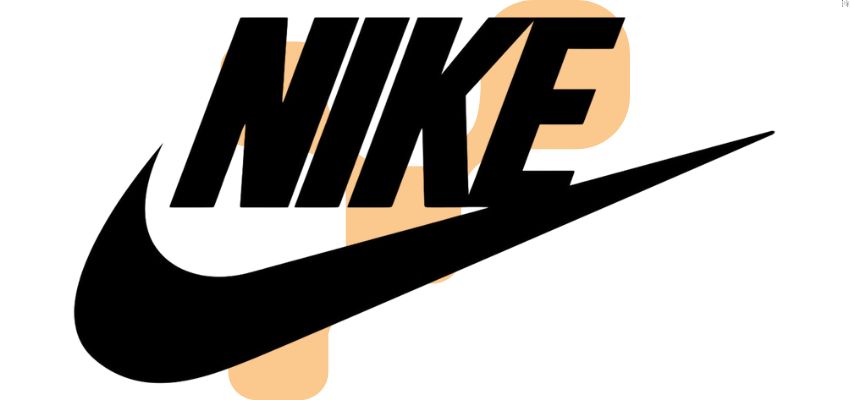
6. Nike – Inspiring Action, Not Just Sales
Nike doesn’t just sell athletic gear, it sells ambition. Through bold storytelling and purpose-driven campaigns, their inbound strategy taps deep into identity and aspiration. The iconic “Just Do It” isn’t a product pitch, it’s a call to rise.
Nike knows its audience: driven, determined, and looking for inspiration. Their blog, social content, and fitness guides offer more than gear; they offer fuel for greatness. Would your brand survive if your product disappeared, but your message remained?
7. Buffer – Free Knowledge, Real Value
Buffer understands that teaching is powerful marketing. Their blog is a masterclass in inbound content: transparent, insightful, and always generous. From remote work tips to social media how-tos, they don’t hold back.
And their honesty, even about their revenue, builds credibility. Readers trust them because they’re real. Their content isn’t just for clicks; it’s for community.
Buffer proves that giving away value for free builds a tribe. Are you hoarding your best ideas, or are you building trust?
8. Moz – Turning SEO into a Movement
Moz didn’t just enter the SEO space, they defined it. Through educational resources like their “Whiteboard Friday” video series, community forums, and SEO guides, they built a content ecosystem. Their inbound marketing is about demystifying SEO while promoting thought leadership.
Moz’s tone is friendly, smart, and inclusive, making a complicated topic feel approachable. The takeaway? Be the go-to guide in your niche. Would people pay for your advice even if you’re giving it away?
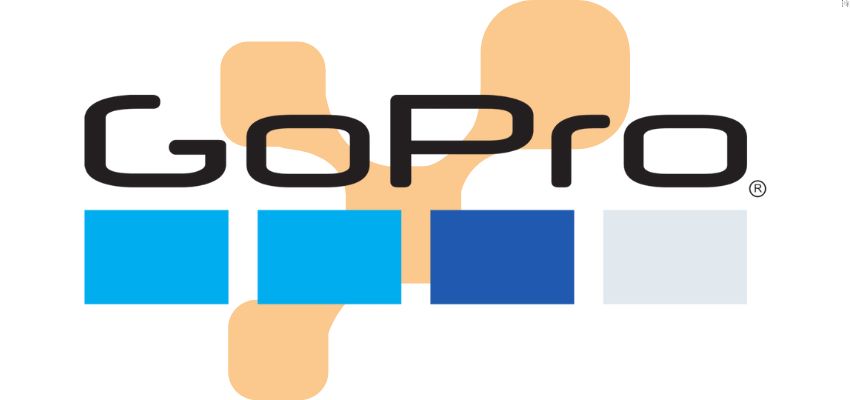
9. GoPro – Customers as the Creators
GoPro’s secret? Letting users sell the product. Their inbound strategy thrives on user-generated content. From adrenaline-pumping videos to awe-inspiring photos, GoPro fans become brand ambassadors.
Campaigns like “Photo of the Day” put users in the spotlight and celebrate their creativity. The result? A powerful feedback loop where content attracts new customers who then become creators themselves.
GoPro proves inbound doesn’t always start with words, sometimes, it starts with action. Are you showcasing your customers’ voices enough?
10. Dollar Shave Club – Humor that Hits
Dollar Shave Club went viral by doing the unthinkable: making razors hilarious. Their irreverent video “Our Blades Are F***ing Great” blended wit with clarity, a perfect example of bold inbound content. Humor isn’t easy, but when done right, it cuts through noise.
Their ongoing blog and email content continues that casual, relatable tone, making customers feel like insiders. Dollar Shave Club proves inbound can entertain and convert. Is your brand fun to listen to?
11. Red Bull – Fueling Experiences, Not Just Energy
Red Bull doesn’t just sell a drink, it sells adrenaline. Their inbound strategy hinges on immersive content, YouTube videos, live events, and documentaries centered around extreme sports. Think skydives from space or cliff-diving contests.
Red Bull creates content people want to watch, even if they don’t drink the product. The brand becomes a lifestyle. That’s the power of experiential content. Would your audience follow you even if your product wasn’t mentioned?
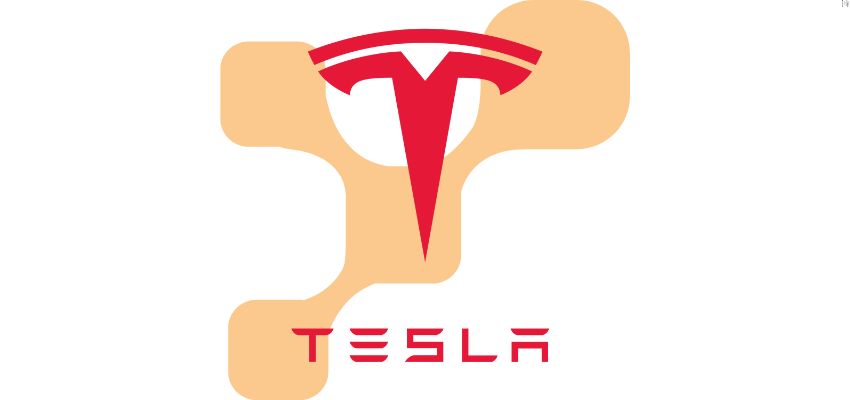
12. Tesla – Innovation and Word-of-Mouth at Scale
Tesla spends nearly nothing on ads. Their inbound strategy? Bold innovation, controversy, and a deeply engaged fanbase.
Tesla’s product launches, Elon Musk’s social media presence, and an obsessive referral program make their community the voice of the brand. Customers proudly share their Tesla experience because the product delivers something worth talking about. It’s inbound through disruption.
Tesla shows you don’t need to be conventional, just remarkable. What would your customers say if you stopped speaking entirely?
FAQs
What is an example of inbound marketing?
An example of inbound marketing is writing a blog that helps people solve a problem. When someone searches for answers and finds your blog, they learn about your brand.
What is an example of inbound and outbound marketing?
Inbound marketing is like a helpful YouTube video that brings people to your page. Outbound marketing is when you show ads to people who didn’t ask to see them.
What is an example of inbound selling?
Inbound selling happens when a person already knows about your product and asks for more info. The seller listens and helps them choose what fits best.
What is an example of an inbound lead?
An inbound lead is someone who fills out a form on your website because they want to learn more. They found you first and asked for help.
What is an example of an inbound sales strategy?
An inbound sales strategy is using helpful blog posts or emails to guide people until they’re ready to buy. You teach first, then sell later.
Final Thoughts
Inbound marketing is a smart way to bring people to your business without chasing them. When you share helpful blogs, videos, or tips, customers come to you because they trust what you say. It’s like being a friendly guide instead of a pushy seller.
Many top companies already use inbound marketing to grow and keep happy customers. Your business can do it too. If you need help getting started, Correct Digital is here for you.
We make great websites, run social media, and help more people find your business online. Let’s grow your brand the right way together.
Hire The Digital Marketing Experts
We take online businesses and turn them into online empires by employing smart digital marketing strategies. Our team of experts are trained in a myriad of marketing skill including SEO to help you rank higher in search results, and ad management to ensure your message gets seen by the people you want. Need a business website that attracts business? We also specialize in website design and online sales optimization to help your business grow like never before.
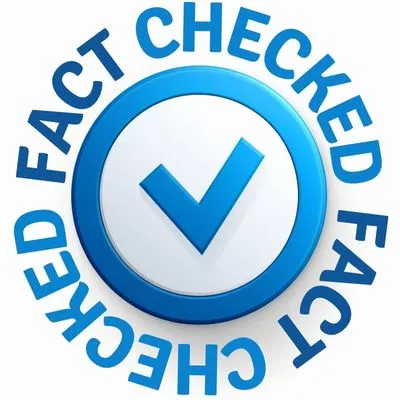
This Content Has Been Reviewed For Accuracy By Experts
Our internal team of experts has fact-checked this content. Learn more about the editorial standard for our website here.

About The Author
Rei Bayucca has a wealth of knowledge and experience as a professional writer for multiple industries. It is her mission to ensure that her readers receive high-quality, informative content that is both entertaining and educational. Through her writing, Rei aims to educate and motivate readers.
